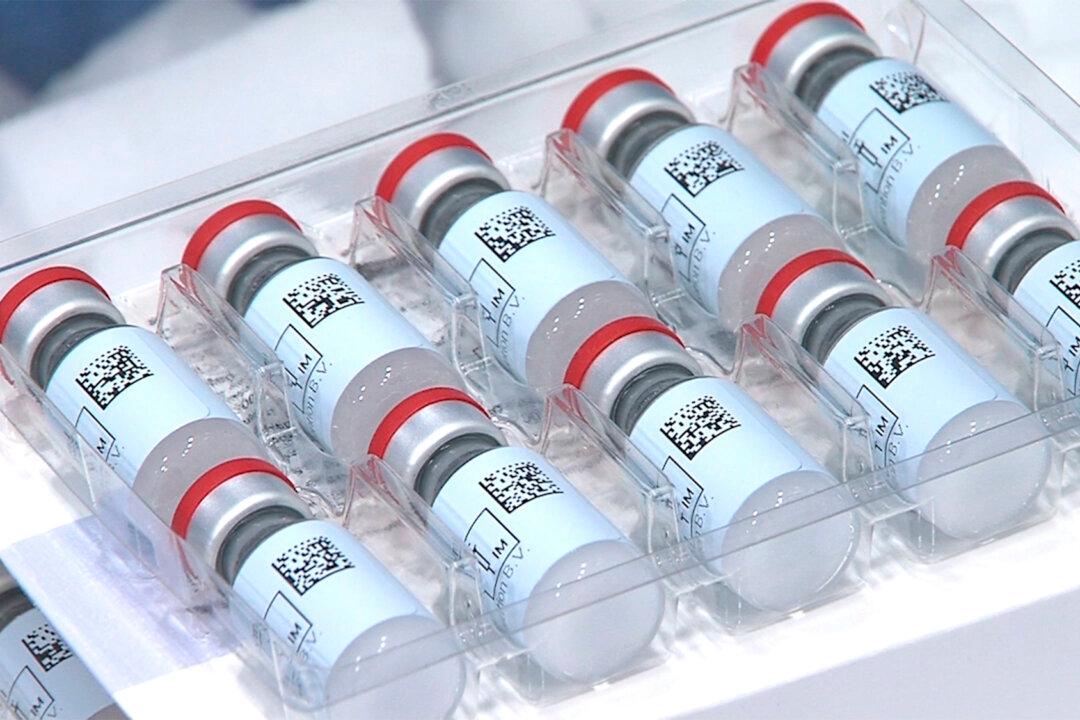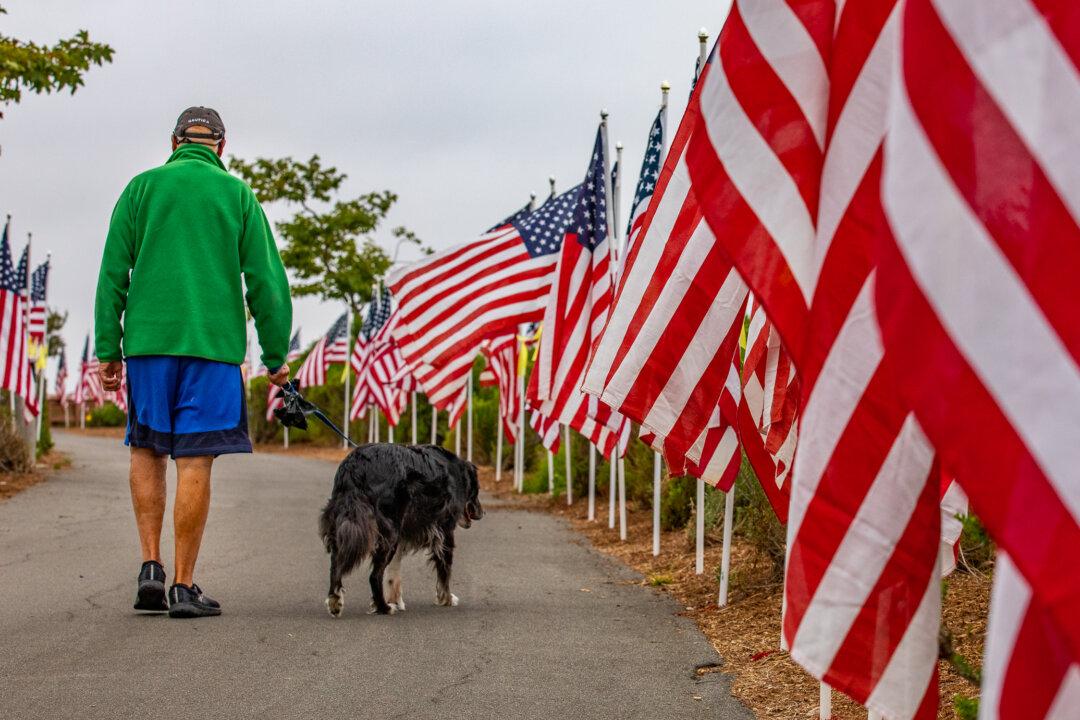A new COVID-19 vaccine that requires just a single injection could simplify and expedite the inoculation process for Orange County residents, officials say.
“There are some people who said, ‘I want the one dose and I want to get it over with, I don’t want to come back for a second dose,’” Orange County Health Officer Dr. Clayton Chau said during a March 2 virtual press conference.





